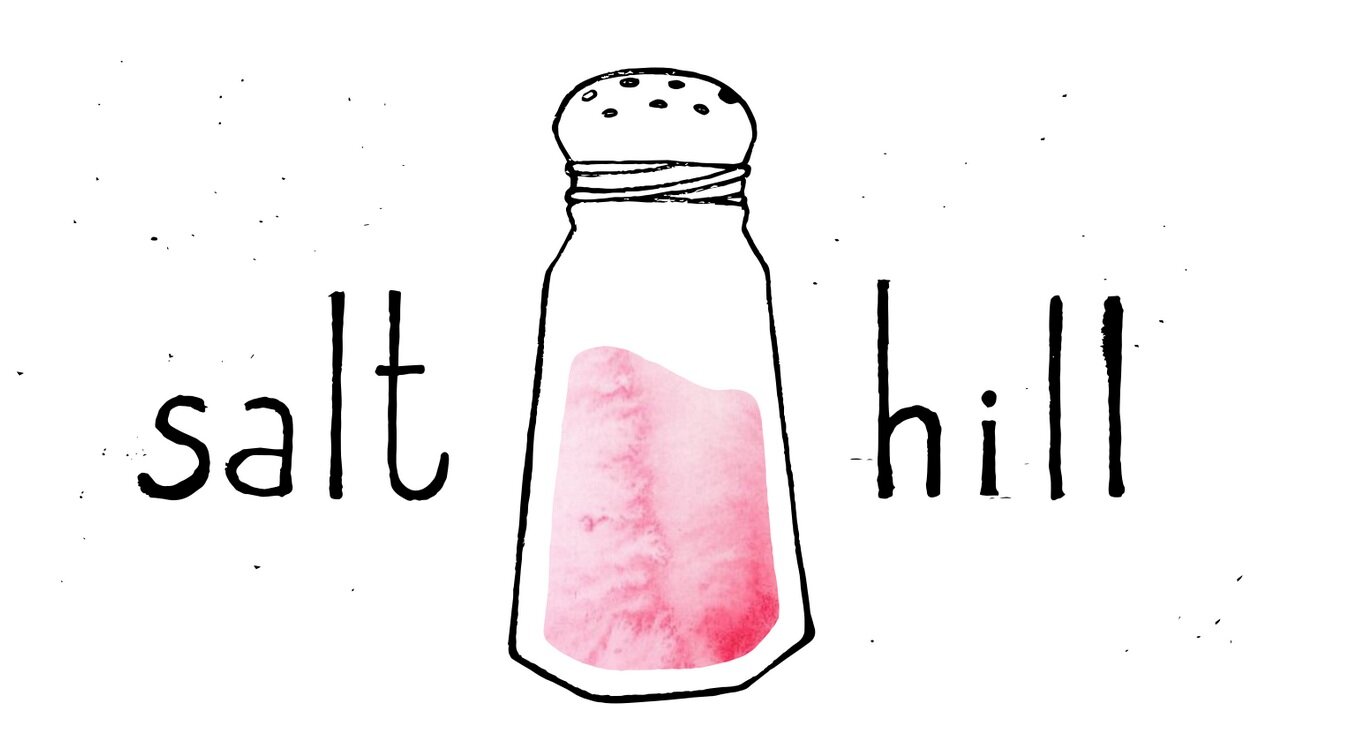Swimmers
Laura Musselman
First published in Salt Hill 31 (2013).
1.
It’s a myth that seahorses mate for life. I don’t understand the motivation behind perpetuating this story, but I think about it every time I’m at an aquarium, peeking at seahorses through concave glass tanks, glancing every so often at the informational plaques bolted to the wall nearby. It’s a nice thought—that something in our world can sustain that kind of fervid commitment amongst the predators and the prey, the tides washing this way or that way, in a world in which everything is at a constant state of unrest. But there’s no market for that kind of love—not even love, really, but maybe something like it—not in their world, and certainly not in ours. No, it doesn’t do anybody any good to sustain a fantasy like that. No, it doesn’t make any sense. No, it doesn’t do us any good.
2.
I was alone in the clinic, wondering how it was that I came to be there in the first place. In the back room, with all of the other girls, sipping apple juice and letting the graham crackers fall soft in my mouth. In the back room, with all of the other girls, but still alone. I wondered how you could leave me there to fend for myself like that. I wondered about at what point we lost the rhythm, my steps replacing yours, or yours mine, or ours together. We used to be so synchronized, you and I, me and you, all at once, all at the same time. The rhythm was no longer harmonious but I began to think that maybe that was okay. That maybe we weren’t meant for that kind of arrangement. That maybe this decrescendo was just the right movement for the piece.
I was alone in the clinic, wondering about the seahorses, wondering what it would be like if you and I could switch places. You would be in the back room, trembling, and I would be closer than you ever were.
3.
And here’s another fantasy: the idea that seahorses produce music while mating. During a full moon, no less. I want so badly for this to be true; it would fit so well within our narrative.
But every time, at the aquarium; every time, projected on the wall. Supposed seahorse music provides the score behind two of them, corkscrewing up and out of the seagrass like a helix, tails grasped passionately together as they rise, all anchors forgotten and left behind. It has to be practiced to be this perfect. It requires commitment, undoubtedly, not to each other, but to survival.
During social moments, or in certain surroundings, seahorses change their colors. Sometimes to blend in to their environment, sometimes to blend in to their partner. Synchronicity is key in this endeavor. If it is not there, if it cannot be had, or found, or manifested, then all is lost. The point is moot. Things fall back into the places they were before, some pieces missing, some pieces, maybe not.
4.
I remember the time we watched a male seahorse give birth. You mocked him: his bulging eyes, his jerky lurch forward as he released his fry. You tried to get your body to do the same as we walked out of the aquarium and into the chill of the Monterey rain.
I’m thinking about how often I’ve been here before, and about how many incarnations of myself have walked these same streets without you, and about how badly I want to just casually smoke my cigarette and squint through the gray mist at the vast ocean before me. But you’re saying, “Look at me. Listen.” I think about how tired I am of listening to you, as if listening to you ever really got either of us or anyone anywhere at all. I think about a time only a few short years ago, a time when we were younger than we are now, a time when you told me no and how that no reverberated around every wall of my being, seasoned every decision I had made up to that point and every decision I was about to make with a feeling that felt something like diffidence. I think about how strange it is to watch you imitate the male seahorse, the carrier of the eggs, as if you’d ever carry anything for longer than you could deem it to be useful.
Laura Musselman lives and writes in California, and completed her MFA in Creative Nonfiction at California State University, Fresno, in 2010. Her work has appeared in Monkey Puzzle, Wufnik's Magazine, Connotation Press, and fwriction:review.
